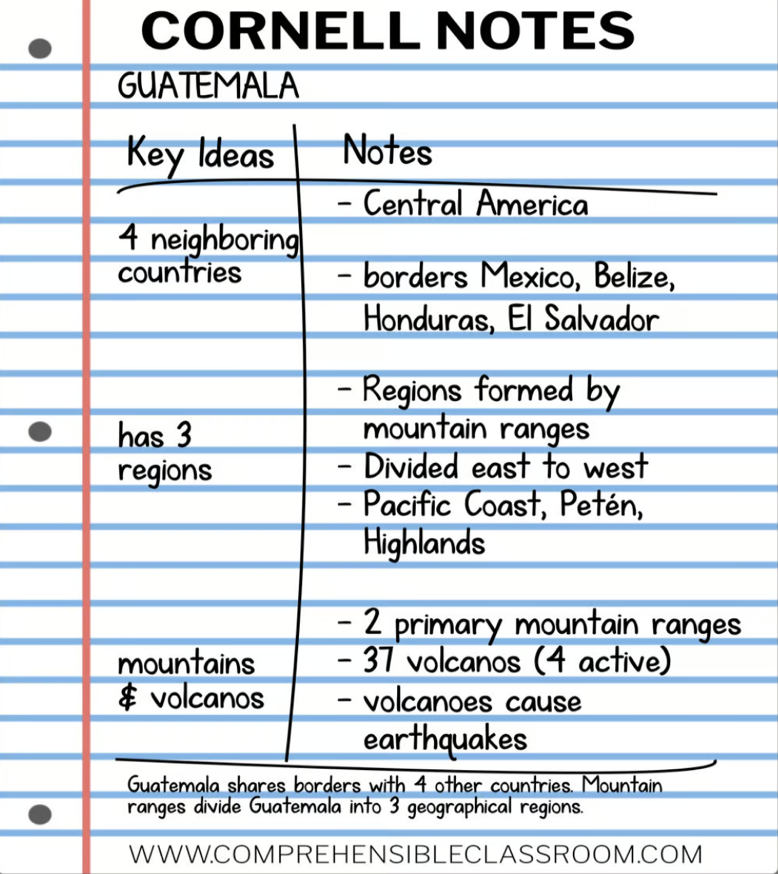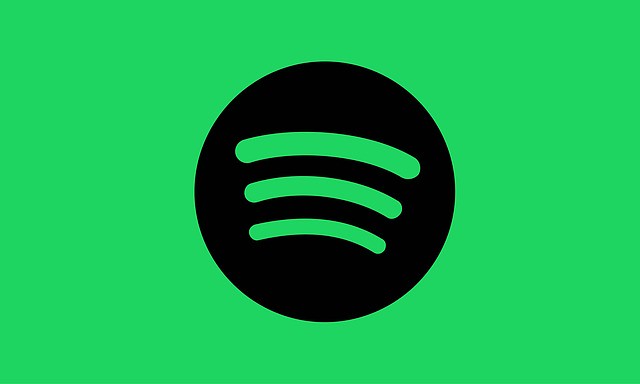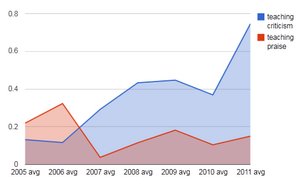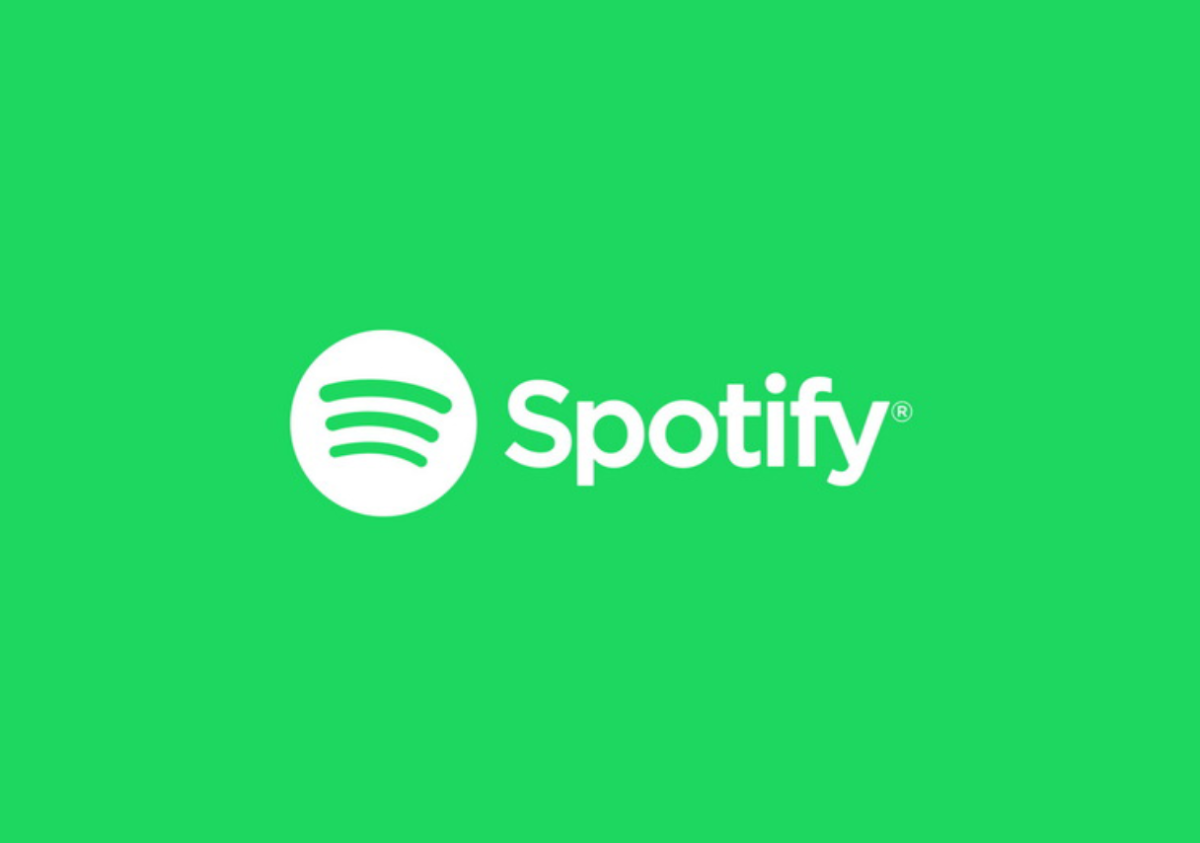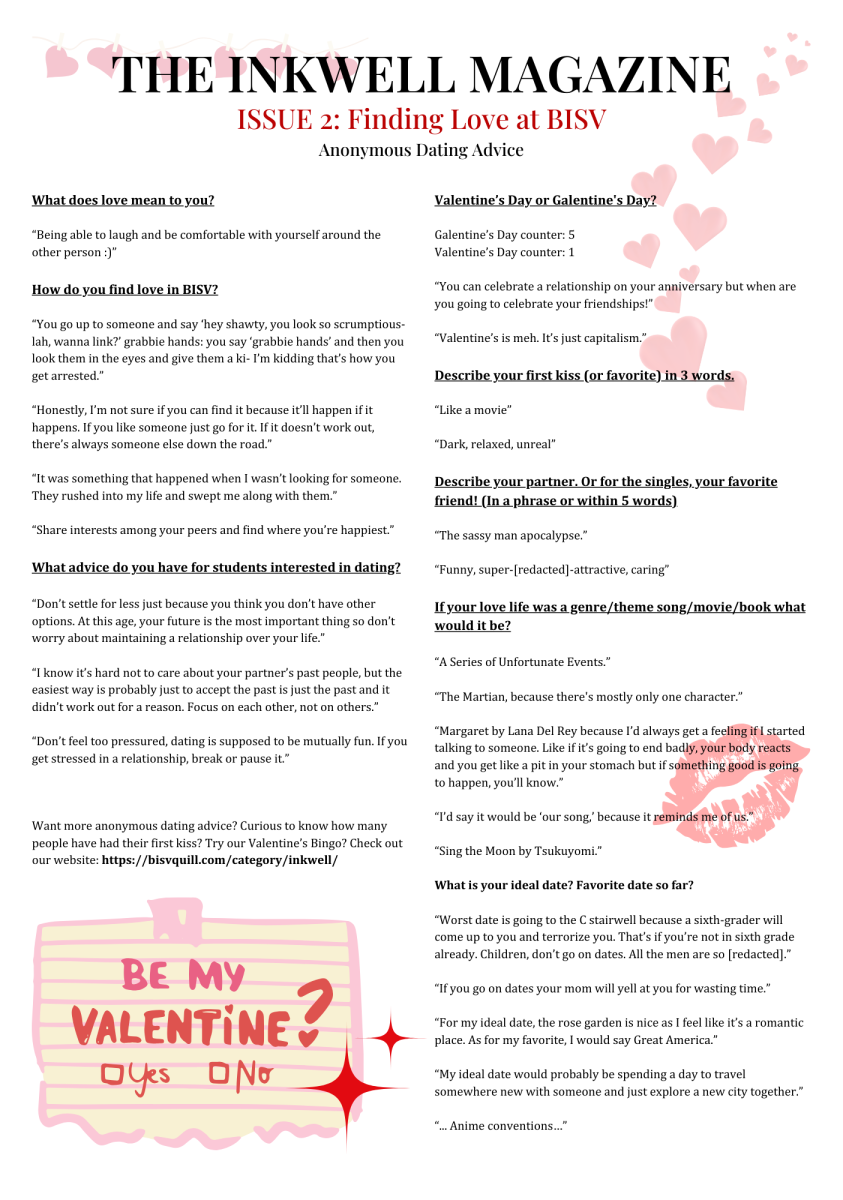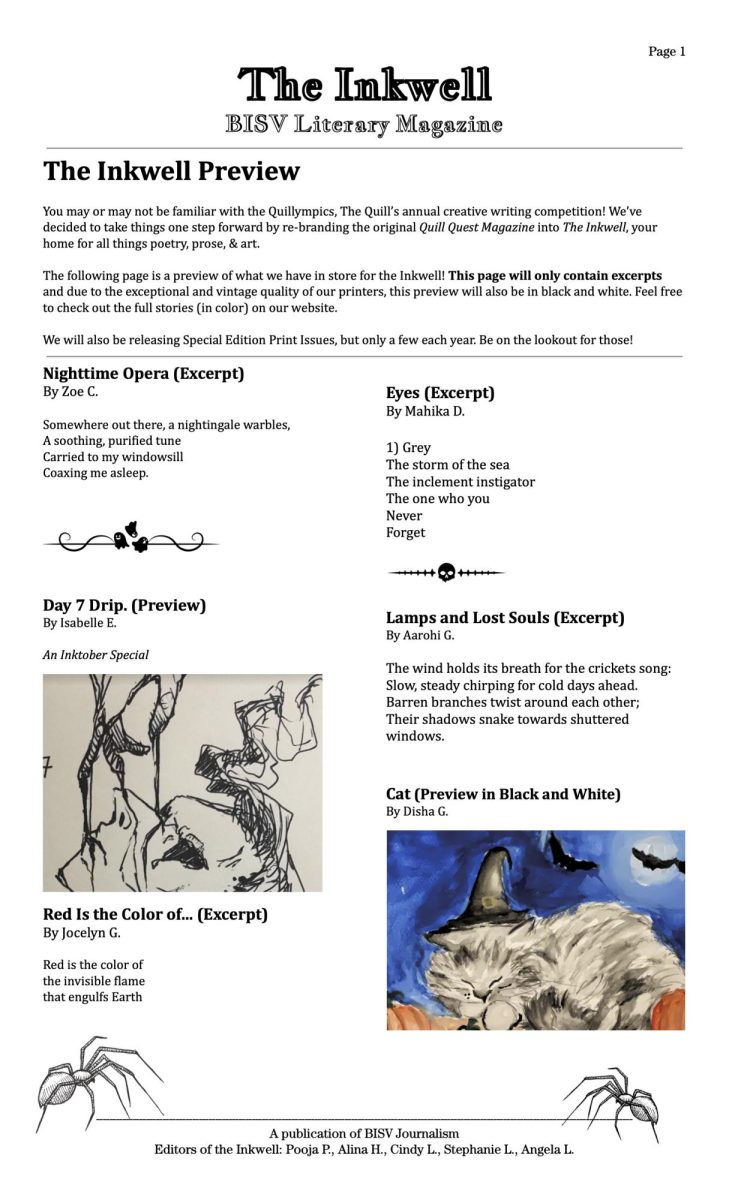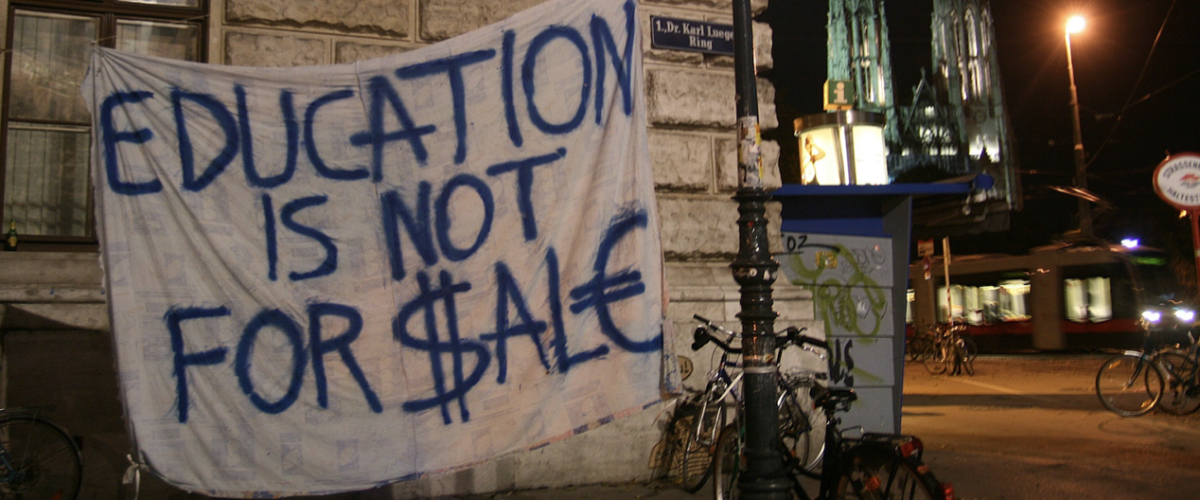With every presidential election comes the resurgence of five key issues: taxes, safety, healthcare, welfare, and education. And as the new year rolls around, so has news of President Joe Biden’s Plan B. After his original student loan debt cancellation plan fell through in June due to the Supreme Court overruling it on the basis of its scope—relief for over 90% of borrowers—Biden has returned with a legislative attempt instead. Biden’s aim is noble: to improve access to education and alleviate the effects of a predatory system, but his method is unsustainable at best.
One of the foremost factors of institutional inequality lies within the education gap. Empirical evidence proves that one’s level of education is directly proportional to one’s projected future salary. As more and more people receive college education, those who have only a high school diploma are left further and further behind. What was more than enough fifty years ago is simply insufficient in the contemporary competitive workforce. Jobs that previously required only a high school diploma now require a bachelor’s degree, leading even those who currently hold a bachelor’s degree to feel the need to pursue higher education such as a master’s degree or a Ph.D. amidst ongoing degree inflation. Combined with steep tuition, this disproportionally affects minorities and the economically disadvantaged as poverty becomes an increasingly complicated loop to escape. In order to gain a foothold in the labor market, a college education is the bare minimum, causing those who cannot afford it to pursue it at all costs.
To bright-eyed barely-legal financially illiterate adults, student loans are the obvious answer. But at what cost? In a world where college expenses more often than not amount to more than $100,000 across only the four years of a bachelor’s degree, student borrowers often exceed the federal loan cap of $57,000. These federal loans come with interest rates fixed at the year the loan was taken out, yet have their own problems as well. However, once borrowers surpass this limit, they typically have no choice but to turn to private loans, and that is when the situation becomes truly deadly.
The share of student loan debt that comes from private loans is not as significant as compared to federal loans but has been sharply on the rise over the past decade. The federal government has little to no oversight over this $140 billion market, leading to predatory interest rates of over 15%. As a result, borrowers are left to pay off an exorbitant interest on top of the already staggeringly high principal and are bound to this burden for life.
It is clear that something must be done. We cannot let our future youth continue to suffer from choices made when they were financially illiterate and in justified pursuit of higher goals. Reform is needed, and Biden offers us one. Biden offers us a plan that conditionally absolves student loan borrowers of their debt in its entirety. But this is not a fundamentally sustainable solution. The problem is institutional: interest rates, whether federal or private, are too high for borrowers to realistically pay off. However, that doesn’t mean they are unable to pay off the principal at all, yet that is what Biden’s plan suggests. Completely voiding past student loan debt will only further contribute to this vicious cycle. Yes, student loan relief is needed. No, erasing the entirety of their debt will not work.
The US national debt has just recently surpassed $34 trillion. Taxpayer money should not go towards the complete erasure of student loan debts; rather, it should go towards reforming the system itself. Increasing the maximum amount that can be borrowed will decrease the private student loan debt held by future generations, allowing the federal government to exercise more power over those loans. The federal interest rate is often predatory as well—lowering it to a more tolerable rate progressively scaled could better aid borrowers in future repayment. After all, they still have the ability to pay off the principal; interest should be minimal at best while still adjusting for inflation. The hallmark of the bandaid relief program Biden is pushing will not address the true issue at hand: an exploitative industry benefiting from Americans seeking higher education.
Education ought to be a right, not a privilege, especially when education levels are such a major factor in future income and success. In order to reduce income inequality and cyclical poverty, access to education is a must. We need to do everything we can to ensure that, while still keeping in mind the externalities that come into play and the viability of the solution.
Sources:
Cohen, Rachel M. “Stop Requiring College Degrees for Jobs That Don’t Need Them.” Vox, 19 Mar. 2023, www.vox.com/policy/23628627/degree-inflation-college-bacheors-stars-labor-worker-paper-ceiling.
“Learn More, Earn More: Education Leads to Higher Wages, Lower Unemployment : Career Outlook.” U.S. Bureau of Labor Statistics, U.S. Bureau of Labor Statistics, www.bls.gov/careeroutlook/2020/data-on-display/education-pays.htm. Accessed 18 Jan. 2024.
Nova, Annie. “Here’s What We Know so Far about Biden’s ‘plan B’ for Student Loan Forgiveness.” CNBC, CNBC, 24 Nov. 2023, www.cnbc.com/2023/11/24/bidens-second-student-loan-forgiveness-plan-what-we-know-so-far.html.
Safier, Rebecca. “Student Loan Debt: Averages and Other Statistics in 2024.” USA Today, Gannett Satellite Information Network, 2 Jan. 2024, www.usatoday.com/money/blueprint/student-loans/average-student-loan-debt-statistics/.
Sheffey, Ayelet. “How Private Lenders Have Left Millions of College Students with No Hope for the Future.” Business Insider, Business Insider, www.businessinsider.com/student-loan-forgiveness-private-debt-no-relief-interest-rates-payments-2023-8. Accessed 18 Jan. 2024.
Wong, Alia. “Student Loan Interest Crisis? New Bill Could Eliminate Rates for Many Borrowers.” USA Today, Gannett Satellite Information Network, 27 July 2023, www.usatoday.com/story/news/education/2023/07/27/student-loan-interest-rate-bill/70472419007/.
Zinn, Dori. “Student Loan Limits: How Much Can You Borrow?” Forbes, Forbes Magazine, 6 Nov. 2023, www.forbes.com/advisor/student-loans/student-loan-limits/.


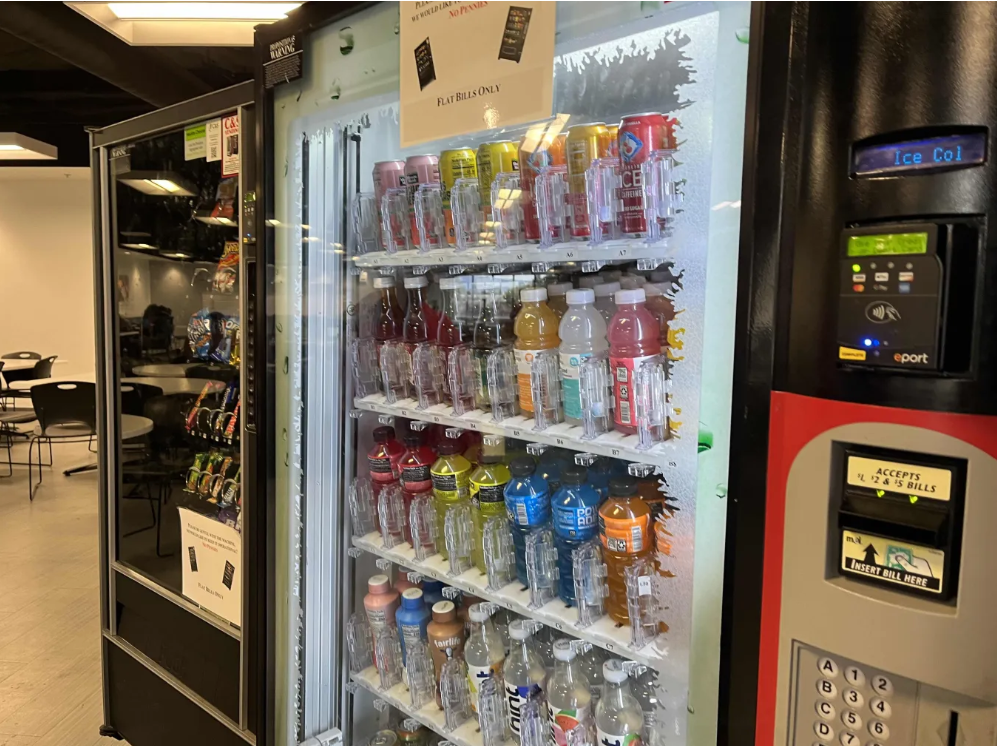
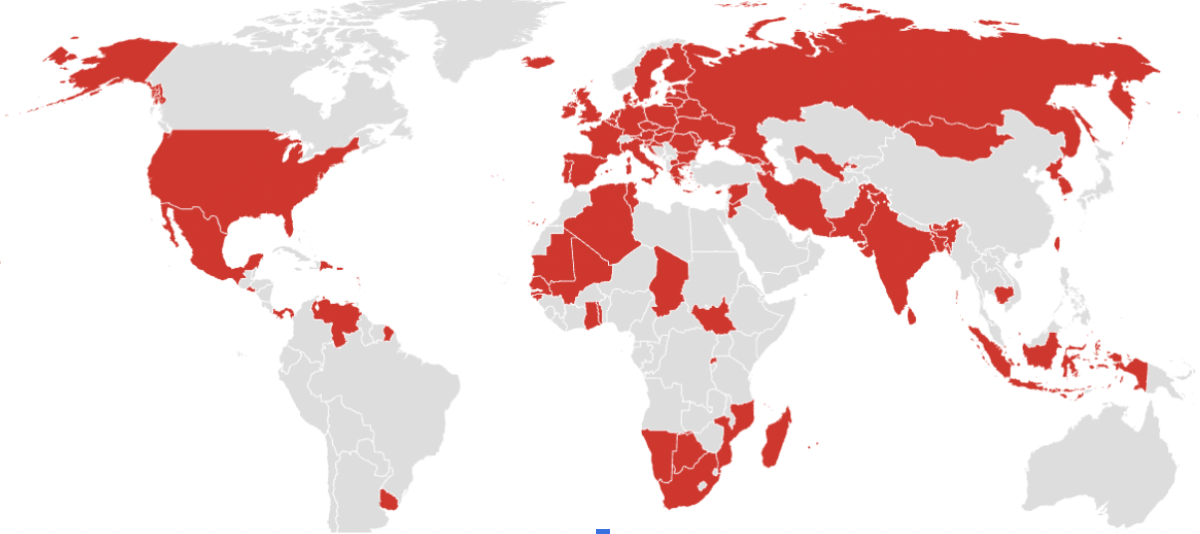




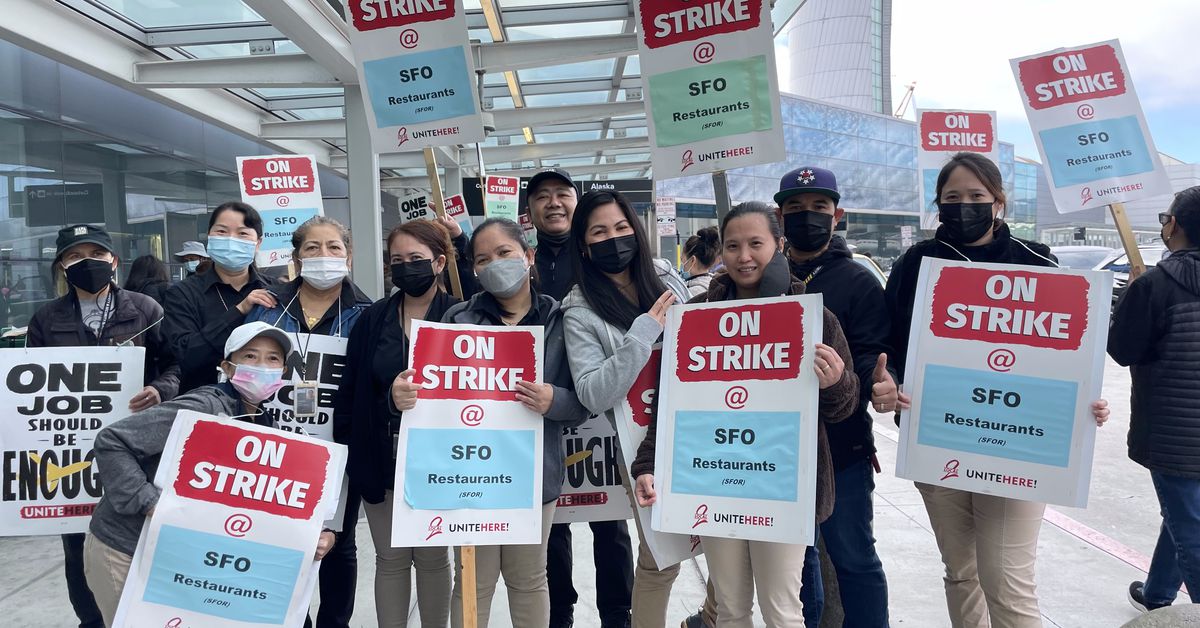


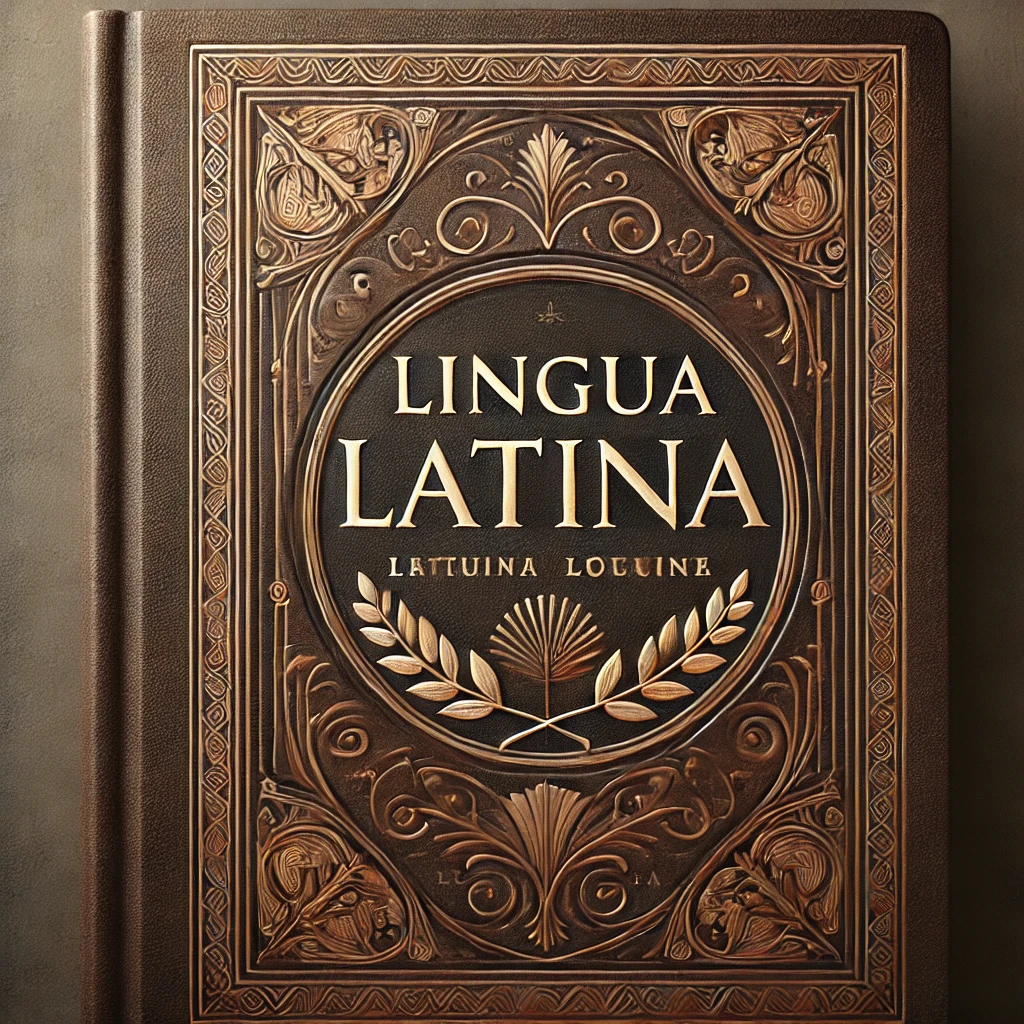

![Teacher [Milk] Tea: Part 2](https://bisvquill.com/wp-content/uploads/2024/03/Screen-Shot-2024-03-19-at-9.28.48-PM.png)
![Teacher [Milk] Tea: Part 1](https://bisvquill.com/wp-content/uploads/2024/03/milk-tea.png)

